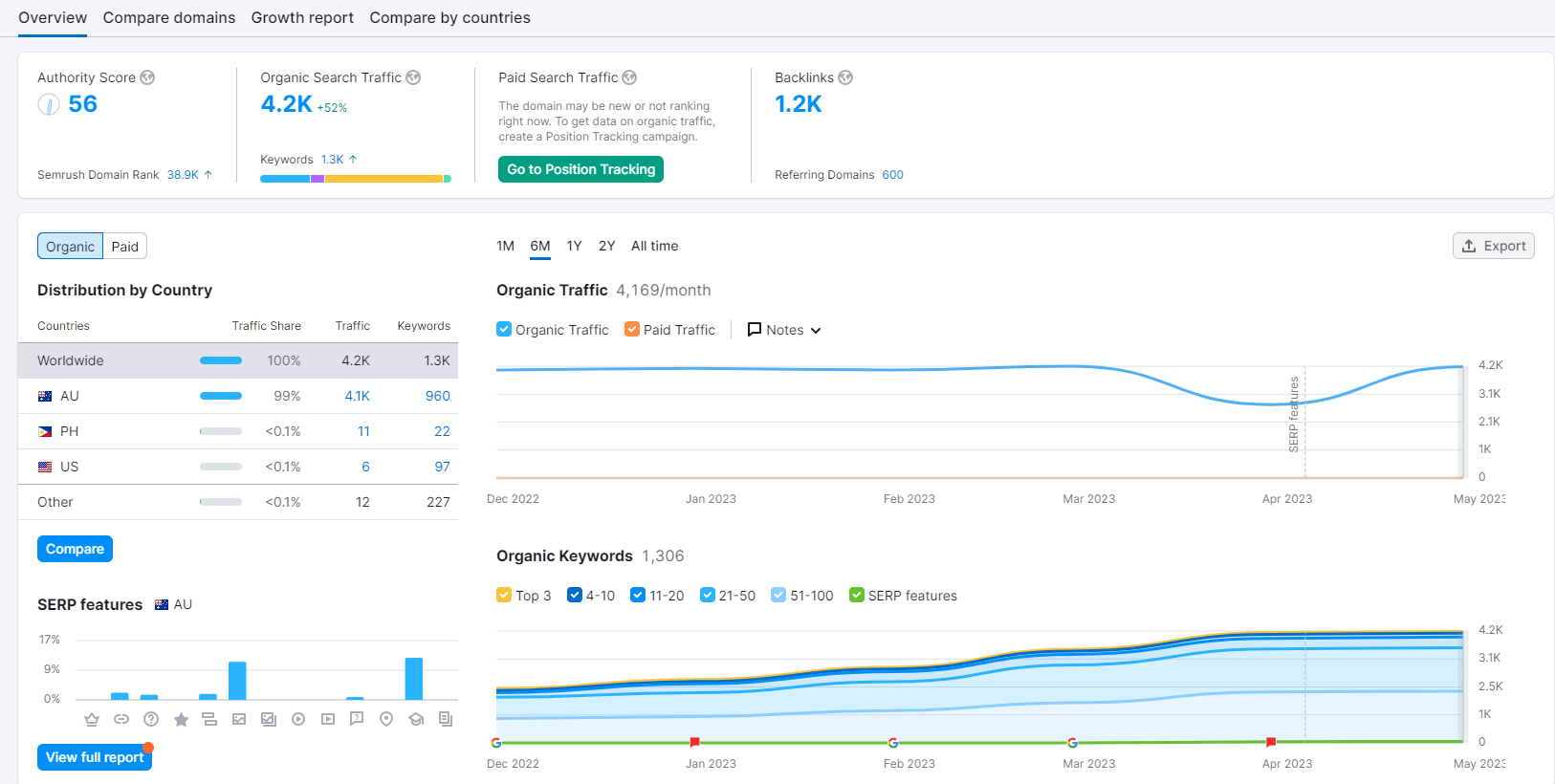Starting a new website can feel like you’re stepping into a vast, bustling marketplace where everyone is shouting for attention. Among the clamour, how do you ensure your voice is heard? The secret? SEO (search engine optimisation) —rising above the crowded online scene, ensuring that when someone searches for something you offer, you’re right there in the spotlight. But where do you begin?
With algorithms changing and the digital landscape evolving, it can seem a bit complicated, really. Fear not! We’re here to offer straightforward, actionable tips that can help your new website gain visibility, attract traffic, and climb those search engine rankings.
SEO Optimisation Tips
SEO optimisation is your first step towards making your website more visible to search engines. It’s a process of fine-tuning your site so search engines can understand and rank it better. This involves tweaking various elements of your website, from the structure and content to the technical backend.
Optimising your site helps search engines easily categorise and index your content, making it more likely to show up in search results. This doesn’t just mean stuffing your pages with keywords but creating a user-friendly, accessible website that provides value to your visitors. Let’s break it down into key areas.
Use Relevant Titles and Descriptions
Your titles and descriptions are like billboards for your website on search engine results pages (SERPs). They should be compelling and relevant, containing key phrases that accurately reflect the content of your page. This not only improves your visibility but also encourages users to click through to your site.
Optimise Your Website’s Speed
Website speed is crucial for both user experience and SEO. A fast-loading site reduces bounce rates and encourages visitors to stay longer, which search engines reward with higher rankings. Tools like Google’s PageSpeed Insights can help you identify and fix issues that are slowing down your site.
Mobile-Friendly Design
With more people browsing on mobile devices than ever, having a mobile-friendly website is non-negotiable. A responsive website design ensures your site looks and works great on all devices, improving user experience and satisfying mobile usability standards for search engines.
SEO Tips for Improving Website Organic Traffic
Improving website organic traffic is about making your site more attractive to both search engines and users. Remember, it’s not just any traffic but attracting the right kind of visitors interested in what you offer. Achieving this requires a mix of content strategy, keyword research, and user engagement.
By providing valuable content that meets your audience’s needs and interests, optimising for relevant keywords, and creating an engaging user experience, you can improve your site’s visibility and attract more targeted traffic..
Create Quality Content
Content is king in the world of SEO. High-quality, engaging content that addresses your audience’s questions and needs can attract more visitors and encourage them to stay longer. This not only improves your SEO but also builds your brand’s authority and credibility in your niche.
Focus on Long-Tail Keywords
Long-tail keywords are more specific and less competitive than broad terms. By targeting these, you can attract a more targeted audience ready to engage or make a purchase. Incorporate long-tail keywords naturally into your content to improve your chances of ranking higher for these queries.
Enhance User Experience (UX)
A great user experience is essential for keeping visitors on your site longer and reducing bounce rates. This includes having a clear navigation structure, fast loading times, and engaging easy-to-read content. Improving UX not only satisfies your visitors but also signals to search engines that your site is valuable.
Use Keywords with a Low Difficulty Level
For new websites, diving into the deep end of highly competitive keywords can be a quick way to drown. Instead, focusing on keywords with low difficulty levels can be a more effective strategy. These are keywords that have lower competition but still maintain decent search volume.
By targeting these, you can start building your site’s authority and relevance in your niche. This doesn’t mean ignoring more competitive keywords altogether but starting with accessible targets can help you gradually climb the SEO ladder.
Identify Low Competition Keywords
Use keyword research tools to find terms with lower competition scores but reasonable search volumes. These keywords are often more specific and niche-focused, making it easier for new websites to rank for them. Incorporating these into your content strategy can drive targeted traffic to your site more effectively.
Integrate Keywords Naturally
Once you’ve identified your low-competition keywords, integrate them naturally into your content. This includes your headings, subheadings, body text, and even image alt text. The key is to use them in a way that feels organic and enhances the reader’s experience, not just for the sake of SEO.
Monitor and Adjust
SEO is not a set-and-forget strategy. Regularly monitor your keyword performance and adjust your content as needed. If certain low-competition keywords aren’t bringing in traffic, it might be time to refine your approach or target new keywords. SEO requires patience and flexibility to respond to changing trends and results.
Effective Internal Linking Strategy
An effective internal linking strategy can significantly boost your SEO by making your site more navigable for both users and search engines. Internal links help distribute page authority throughout your site, guiding visitors to related content and keeping them engaged longer.
This not only improves user experience but also helps search engines understand the structure and hierarchy of your site, making it easier to index and rank your pages. By carefully planning your internal links, you can create a web of content that boosts your site’s SEO performance.
Plan Your Site’s Structure
Start with a clear, logical structure for your website. This makes it easier to implement an internal linking strategy that guides visitors through your site. Each page should be accessible through internal links, creating a cohesive network that enhances the user journey and strengthens your site’s SEO foundation.
Use Descriptive Anchor Text
When creating internal links, use descriptive, relevant anchor text. This gives users and search engines clear context about the linked page’s content. Avoid generic phrases like “click here.” Instead, use keywords and phrases that reflect the content of the destination page, which can also help improve its ranking for those terms.
Evaluate and Optimise Your Linking Strategy
Regularly review your internal linking structure to ensure it remains effective and relevant. Look for opportunities to add links to new content or to adjust existing links to better reflect your site’s evolving structure. An ongoing evaluation and optimisation of your linking strategy can significantly impact your overall SEO performance.
How Often Do You Post Blogs and Why is it Important?
Posting blogs regularly is crucial for keeping your website fresh and engaging for both visitors and search engines. Consistent blogging can help you cover more topics, target a wider range of keywords, and establish your site as an authority in your niche. It also signals to search engines that your site is active, improving your chances of ranking higher.
The frequency of your posts can vary depending on your capacity and audience needs, but the key is consistency. Let’s discuss the benefits of regular blogging and how to maintain a schedule that works for your site.
Consistency Builds Authority
Regularly posting well-researched, relevant blogs can establish your website as an authoritative source in your field. This not only attracts repeat visitors but also encourages other sites to link to your content, further boosting your SEO. Aim for a consistent schedule that keeps your audience engaged and informed.
Expanding Your Keyword Reach
Each blog post is an opportunity to target new keywords and topics, expanding your site’s reach. By consistently adding content that includes a variety of keywords, you can attract a broader audience. This strategy allows you to cover more ground in the SERPs and attract diverse traffic to your site.
Engaging Your Audience
Consistent blogging keeps your audience engaged and returning to your site for more information. By providing fresh, valuable content, you encourage visitors to spend more time on your site, reducing bounce rates and increasing the likelihood of conversions. Engaging content also encourages social sharing, further extending your reach.
Expert SEO Optimisation Tips for New Websites
Embarking on your SEO journey with a new website can seem like navigating through uncharted waters, but armed with the right SEO optimisation tips and strategies for improving website traffic and visibility, the path to success of your digital marketing efforts becomes clearer and more attainable.
Remember, the essence of SEO is not just about adhering to algorithms but creating a website that provides real value to your audience. The strategies we’ve shared, from focusing on low-difficulty keywords to establishing an effective internal linking strategy, are grounded in the wisdom of seasoned SEO experts.
We understand that the core of improving website traffic lies in a user-centric approach, combining technical optimisation with quality content and user experience. As you apply these SEO optimisation tips, stay patient, and persistent, and always be ready to adapt to the ever-evolving digital landscape. Success in SEO doesn’t happen overnight, but with dedication and the right approach, your new website can achieve remarkable visibility and growth.
Hand Picked Articles















